Byline
What is a Byline?
A byline is the name of the author of an article, typically displayed at the beginning or end of the article. It serves to give credit to the writer and can include additional information such as the author's title, credentials, or a brief bio. Byline placement can vary depending on the publication's style and the type of content.
Why is a Byline Important?
A byline is important for several reasons. Firstly, it gives proper credit to the author, acknowledging their work and expertise. This recognition can enhance the author's reputation and credibility, especially if they are a subject matter expert or a well-known figure in their field.
Secondly, bylines provide transparency and accountability. Knowing who wrote an article helps readers assess the credibility and reliability of the information. It also allows readers to follow the author's work and build a connection with them.
For publications, bylines can attract readers who are fans of specific authors. They also contribute to building a roster of trusted and respected writers, which can enhance the publication's overall reputation.
Best Practices for Using Bylines
1. Include Author’s Full Name
Use the full name of the author to provide clear and complete recognition. Avoid using only initials or first names, as this can appear informal and may not fully acknowledge the author's contribution.
2. Add Author’s Title and Credentials
Include the author's title, position, or relevant credentials if applicable. This additional information can help establish the author's authority and expertise on the subject matter. For example, "Jane Doe, Senior Marketing Strategist."
3. Provide a Brief Bio
Include a brief bio that highlights the author's background, experience, and areas of expertise. A bio can help readers understand the author's perspective and build trust in the content. Bios can be included at the end of the article or in a dedicated author bio section.
4. Link to Author’s Profile
If possible, link the byline to the author's profile page, portfolio, or social media accounts. This allows readers to explore more of the author's work and connect with them on other platforms. It also helps authors build their personal brand and online presence.
5. Maintain Consistency
Ensure that bylines are used consistently across all articles and publications. Consistent byline formatting helps readers quickly identify the author and creates a professional appearance. Follow the publication's style guide for byline placement and formatting.
6. Give Credit for Collaborative Work
If an article is co-authored or involves contributions from multiple writers, include all names in the byline. Clearly indicate the roles of each author if relevant. For example, "Jane Doe and John Smith, Co-authors" or "Written by Jane Doe, Research by John Smith."
7. Acknowledge Guest Contributors
For guest posts or contributions from external writers, include a byline that acknowledges their guest status. This can enhance the credibility of the content and show appreciation for the contributor's work. For example, "Guest Post by Jane Doe."
8. Update Bylines as Needed
Ensure that bylines are kept up to date with any changes in the author's title, credentials, or affiliation. Regularly review and update author information to reflect their current status and achievements.
By following these best practices, you can effectively use bylines to give proper credit to authors, enhance transparency, and build credibility with your audience.
For more terms, return to the content marketing glossary and freelance writing glossary.

